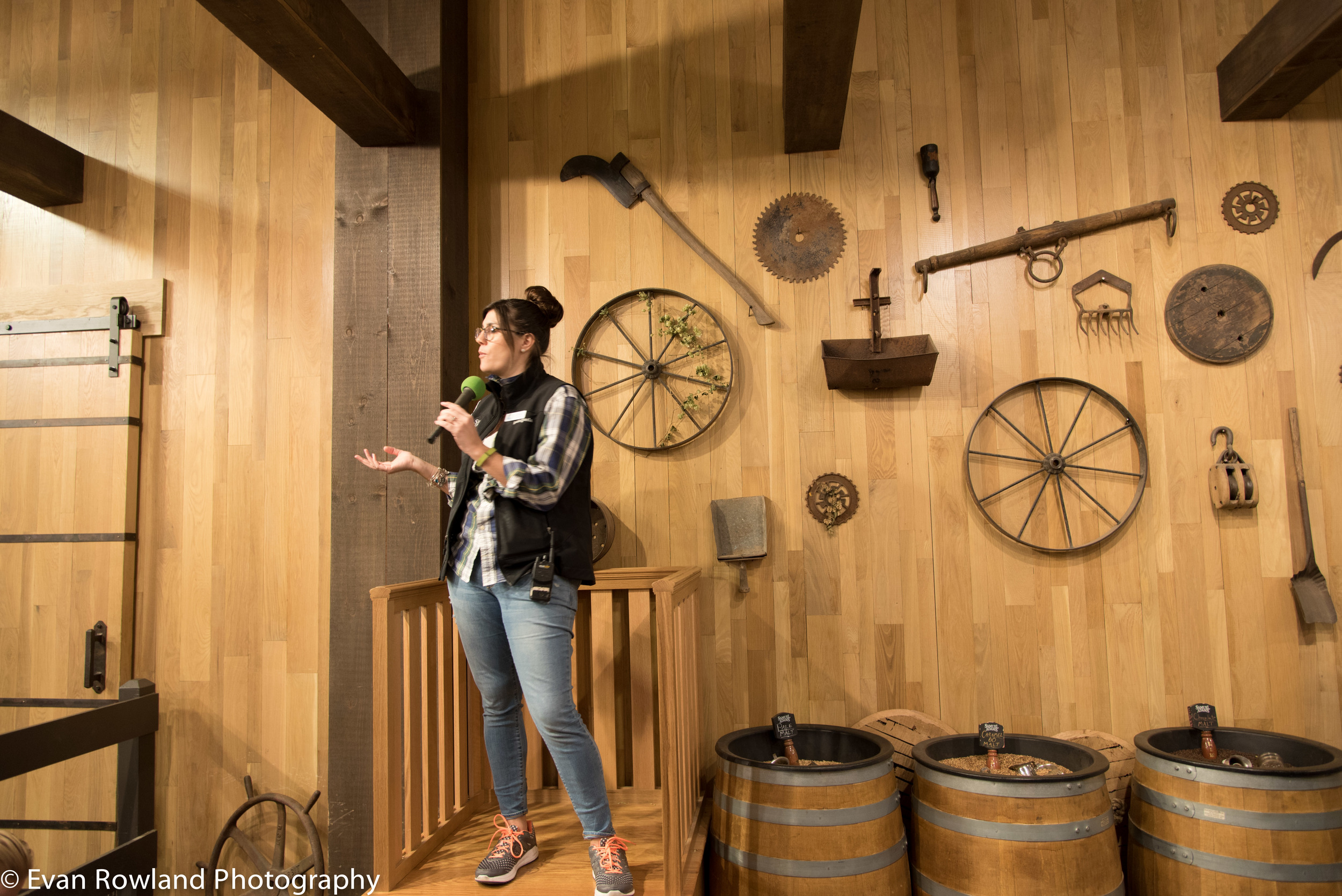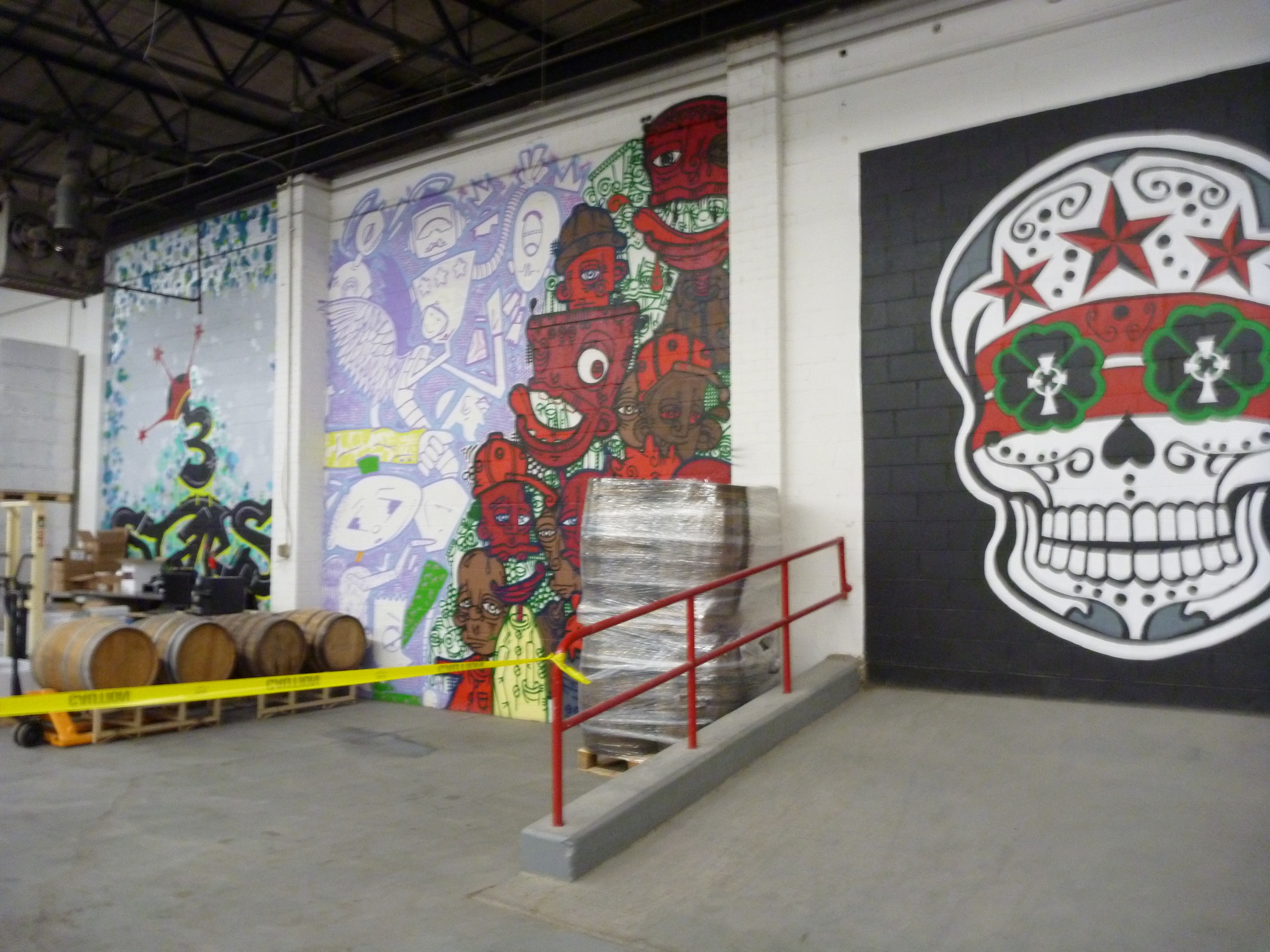Zen Hefeweizen on Tap
/Primary
For a single ale in primary I like to used my patented containment system: A keg tub to house the bucket and a towel over it in case the lid blows. It has enough room to use a growler and a blow off tube and when doing so it tends to sound like a tug boat.
Pictured here: Hefeweizen open fermentation. Not Pictured here: Towel/blanket for containment
The Hefeweizen was being fermented open so we didn't need to worry about a blow off tube. Though had the lid been on it probably would have exploded even with a blow off tube. The starter almost blew off the tin foil hat it was wearing.
Before and after culturing yeast on the stir plate
This was designed, rewired, and 3D printed by my good friend Steve. It has had one of the biggest impacts on our brewing, other than controlled cold side fermentation for lagers.
Hefeweizen open fermentation eruption in containment
Since it was still the tail end of winter, it stayed a stable 68 degrees for fermentation. Aiming for a banana forward hefe, we wanted it to ferment on the warm side, so we never put it in the fermentation chamber. Also reading up on hefeweizens, less pressure helps produce more banana esters and reduce clove phenols. We let it ferment open with the cheese cloth for 4 days to let the bulk of fermentation and phenol/ester creation run its course. After high krausen fell, we put the lid on and let it finish fermenting for another 10 days. After that we kegged it and let it sit at about 11 psi for 2 weeks.
The Outcome
It's amazing we still have a bit left in the keg in April, as this was brewed back in February.
The end beer has almost zero clove, it's very light with banana and hints of vanilla. A medium body leaves it very drinkable. It's a fantastic spring and summer beer that just tastes like sunshine. The beer was originally cloudy like you'd expect with a hefe, but after being in a keg for a month the beer is almost crystal clear.
I was surprised that this wasn't a banana bomb. It's fruity but balanced. I think if it fermented a bit warmer we would have had a lot more banana in the beer, but I wouldn't want to push it over 74F.
Thanks to our dear friends, the keg is nearing its end so we will have to brew it again soon.
Here's the recipe again if you don't want to search for it in the previous post:
Zen Hefeweizen
7 lbs Wheat malt
3 lbs Pilsner
Wyeast 3068 Weihenstephaner Weizen
.5 oz Hallertauer for 60 and 20
ABV 5.5%
IBU 12




















































